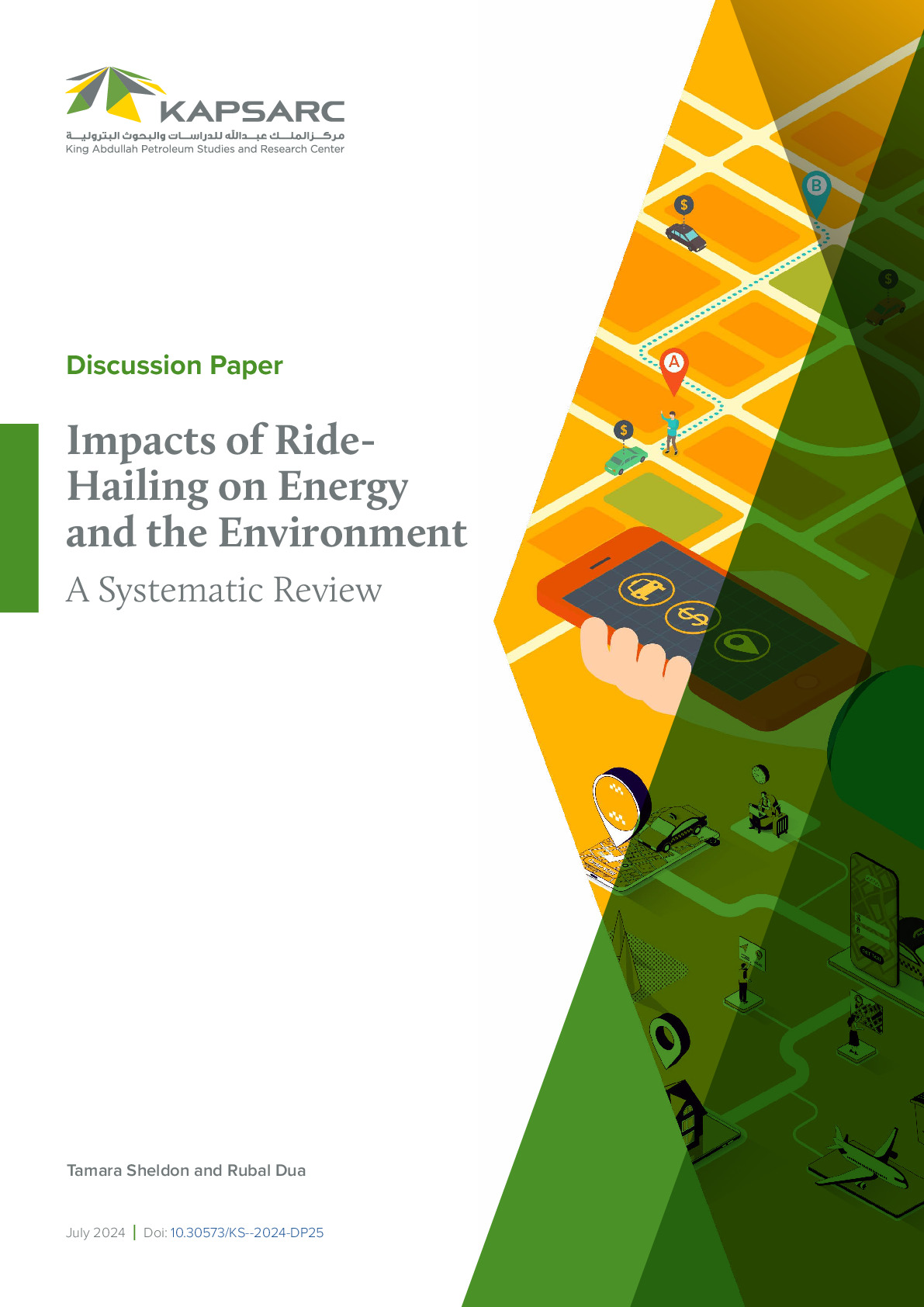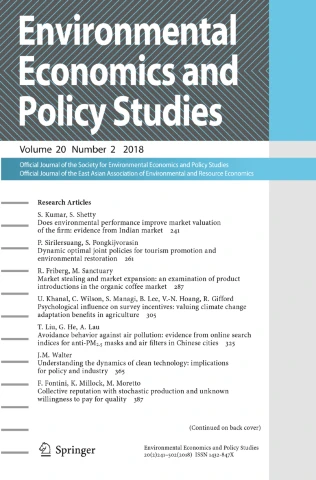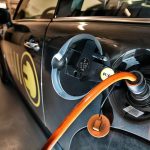Governments across the world, motivated by air quality improvement or by climate change mitigation goals, are trying to accelerate the turnover of older, higher-emitting vehicles and replace these with lower emission vehicles. One approach is to encourage consumers to scrap their old, inefficient and more polluting vehicles and buy new ones, typically plug-in electric vehicles (PEVs) and hybrid electric vehicles (HEVs). This can be expensive on a per-additional-vehicle basis if fixed subsidy programs allow those owners who would have replaced their vehicles with a low emission vehicle anyway to obtain these subsidies. It is important that all parties — whether invested in conventional internal combustion engine (ICE), hybrid electric or newer, fully electric powertrains — understand the scope for more economically efficient policy to avoid incorrectly estimating the barriers to entry for new vehicle technologies. Previous KAPSARC research used counterfactual simulations to highlight the fact that policymakers might increasingly switch to targeted subsidy designs to improve the cost-effectiveness of low emission vehicle subsidies. This study, however, explores the effectiveness of a real-world targeted subsidy policy, California’s ‘Replace Your Ride’ (RYR) program. RYR gives targeted subsidies to lower-income households living in districts with poor local air quality to retire older vehicles and replace them with newer, cleaner vehicles. The effectiveness of the RYR policy is measured using new vehicle registration and sociodemographic data in a difference-in-difference analysis framework.

Fellow
Rubal is a research fellow at KAPSARC focused on understanding consumer decision making, in particular, consumer choice of energy-efficient technologies…
Rubal is a research fellow at KAPSARC focused on understanding consumer decision making, in particular, consumer choice of energy-efficient technologies and mobility options under alternative technology and policy scenarios. Before joining KAPSARC, Rubal gained a Ph.D. at KAUST designing advanced carbon materials for energy and environmental applications, with a particular focus on energy storage, carbon capture, waste-water treatment, and hydrogen generation via solar water splitting. Prior to that, he worked at the University of Pennsylvania on a semiconductor industry-funded project, developing a continuum modeling framework for simulating the physics of micro defect formation in silicon crystals.
Expertise
- Behavorial decision science
- Consumer adoption
- Energy-efficient mobility and shared autonomous mobility-on-demand
Publications See all Rubal Dua’s publications

Impacts of Ride-Hailing on Energy and the Environment: A Systematic Review
Governments across the world, motivated by air quality improvement or by climate change mitigation goals,…
15th July 2024
Energy Price Reform to Mitigate Transportation Carbon Emissions in Oil-Rich Economies
Governments across the world, motivated by air quality improvement or by climate change mitigation goals,…
2nd April 2024
